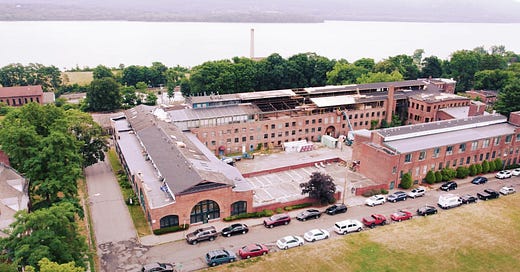Historic Tax Credits: Generating Returns While Saving History
Digging into the development math and how-tos of building with HTCs
Thesis Driven dives deep into emerging themes and real estate operating models by featuring operators executing on each theme. This week’s letter is a guest post from Jake Chai, Managing Partner at Mana Tree Properties, a New York-based developer. It dives deep into historic tax credits as a path for redeveloping historic structures.
Rehabilitating older buildings is often more complicated and costly than building new ones. Bringing older assets into compliance with present-day building codes and tenant standards presents a number of challenges, especially when it is critical to preserve the historical identity of the building. But as higher interest rates and increased construction costs have made conventional development challenging, more GPs are looking to the redevelopment of historic buildings with a powerful and under-appreciated tool: historic tax credits.
From a financial perspective, historic tax credits can completely upend typical real estate development math. Because the credits can cover a significant percentage of the cost of a project, they reduce the amount of equity that developers need to put into a development, making it easier to finance a project and—ultimately—making it more profitable.

The historic tax credit is a federal tax credit designed to encourage developers to preserve historic buildings and adapt them for new uses. The credit is available to developers who rehabilitate historic buildings and—depending on the state—can cover 20% to 40% of a project’s total development cost.
This letter will dig into the specifics of the Historic Tax Credit program, including how a developer goes about getting HTCs and applying them to his or her project. We'll also cover project-level math and how these credits can make a development project's economics work through a few illustrative examples.





